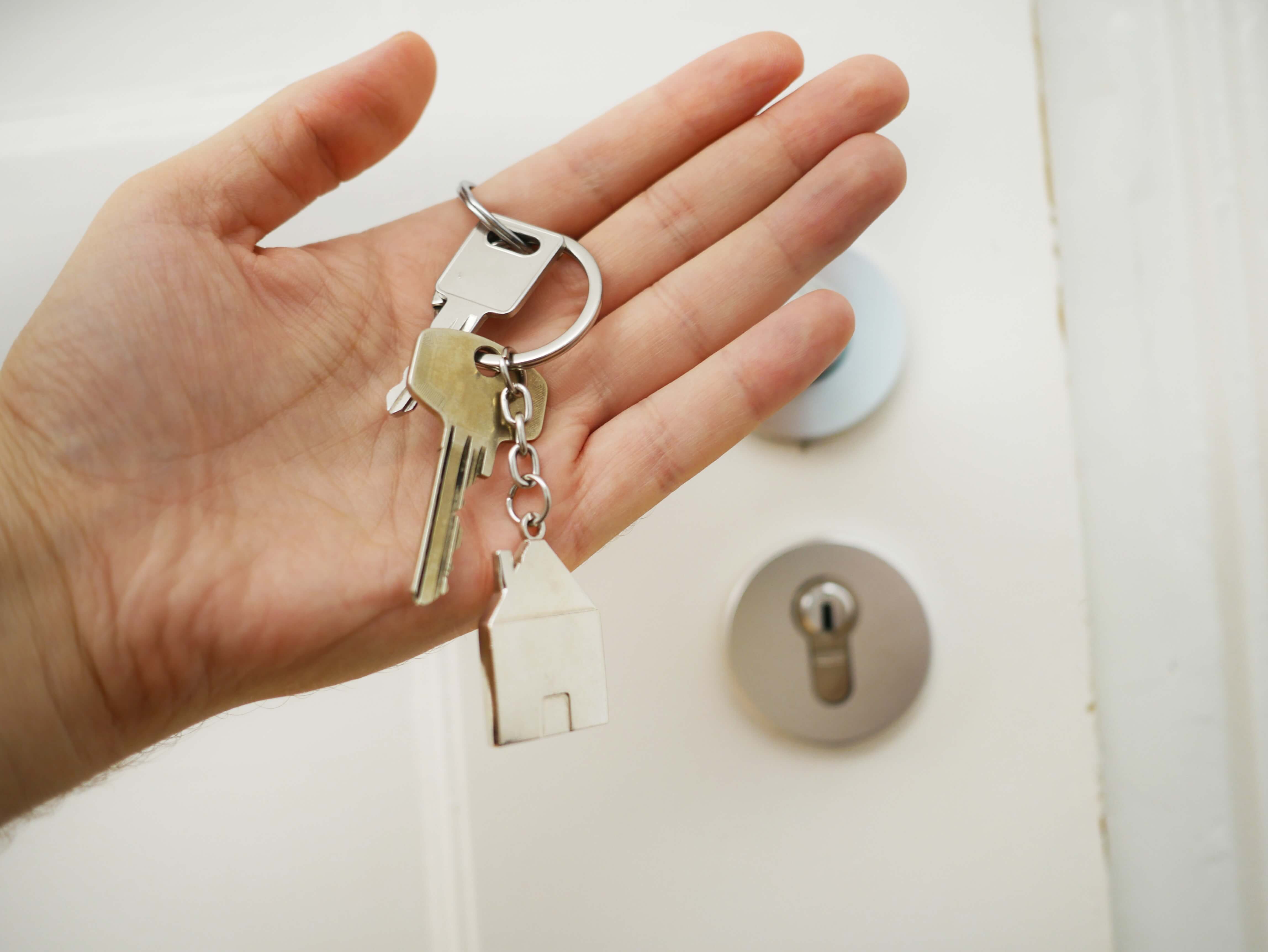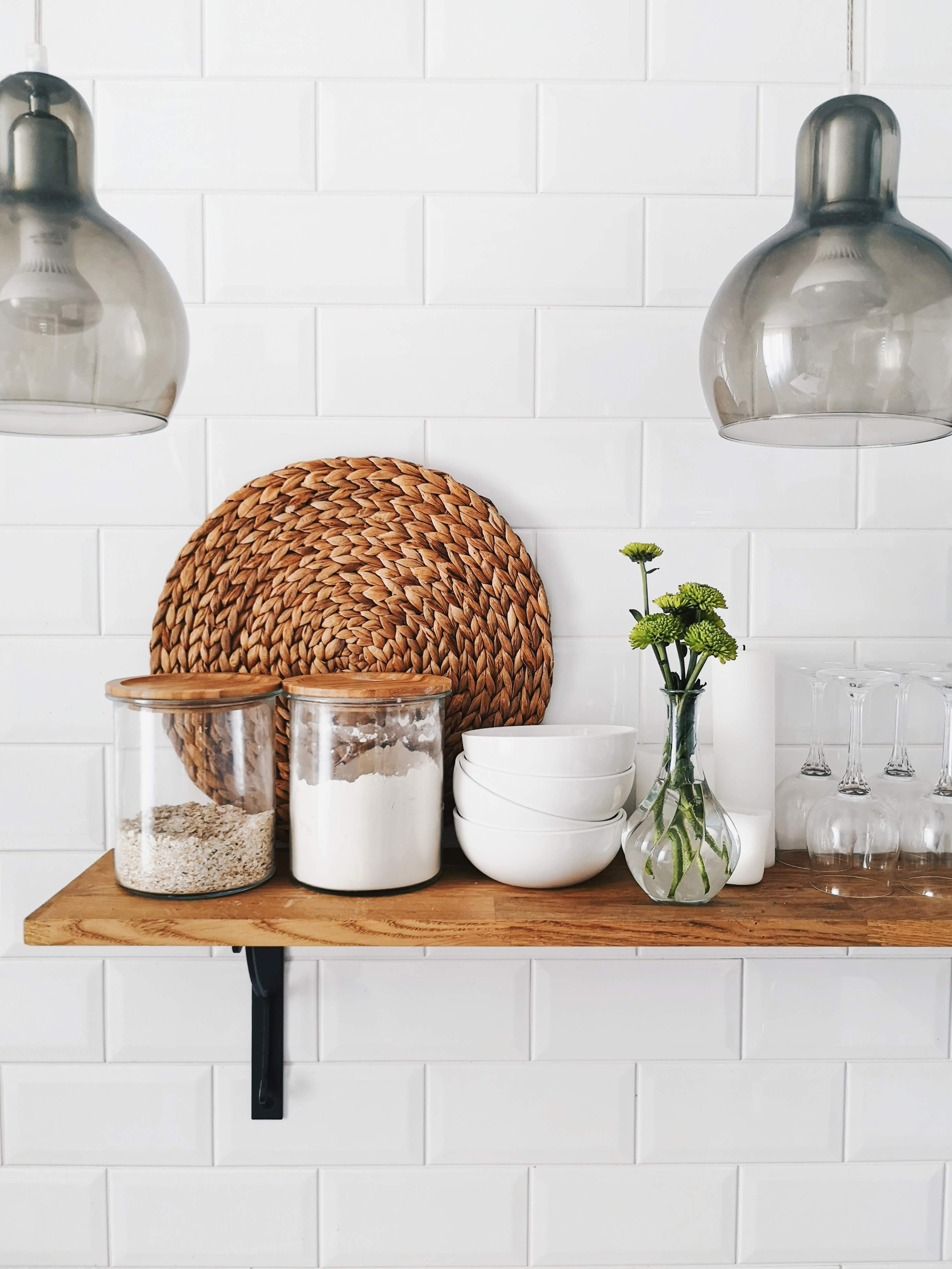What downpayment is right for you?

What Down Payment Amount is Right for You?
Buying a home is a major financial decision that requires careful planning. One of the biggest decisions you have to make is how much down payment to put down. The amount of money you put down can have a significant impact on your monthly mortgage payment, interest rate, and your ability to qualify for a loan. In this blog post, we’ll explore what down payment amount is right for you and what factors you should consider.
20 Percent is Ideal
The most ideal down payment amount is 20 percent of the home’s purchase price. If you can afford it, putting down 20 percent can help you avoid Private Mortgage Insurance (PMI) and make you more attractive to lenders. PMI is a type of insurance that lenders require borrowers who put down less than 20 percent on their home purchase. It protects the lender in case the borrower defaults on their loan.
5-10 Percent is Fine For First-Time Buyers
If you’re a first-time homebuyer, you may not have enough savings to put down 20 percent. That’s okay. Most lenders offer loans that require a minimum down payment of 5 percent, and some even offer loans with zero down payment. However, keep in mind that if you put down less than 20 percent, you will likely have to pay PMI.
Don’t forget PMI
PMI can add significantly to your monthly mortgage payment, so it’s important to factor it into your budget. It typically costs between 0.3 to 1.5 percent of your loan amount each year, depending on your credit score, loan-to-value ratio, and other factors. PMI can be removed once you have at least 20 percent equity in your home.
Look For Alternatives to Fund Down Payment
If you don’t have enough savings for a down payment, consider other options for funding. You can ask your family for a gift or loan, borrow from your retirement account, or explore down payment assistance programs in your area. Keep in mind that borrowing from your retirement account can have tax consequences and impact your retirement savings.
Think About Long-Term Goals
Finally, before you decide on a down payment amount, think about your long-term goals. Do you plan to stay in your home for the long haul, or do you see yourself moving in a few years? If you plan to stay in your home for a long time, it might make sense to put down more money upfront to reduce your monthly mortgage payment and pay less in interest over the life of the loan.
Deciding on a down payment amount can be challenging, but it’s an essential part of the home buying process. Keep in mind that the right down payment amount for you will depend on your financial situation, goals, and preferences. Consider working with a financial advisor or mortgage professional to help you make an informed decision. With the right knowledge and planning, you can find a down payment amount that fits your needs and sets you up for long-term financial success.

